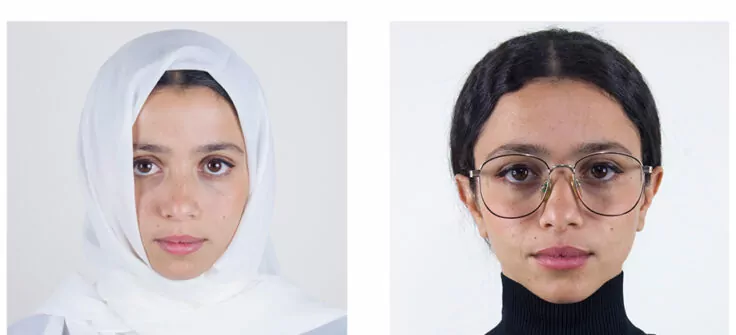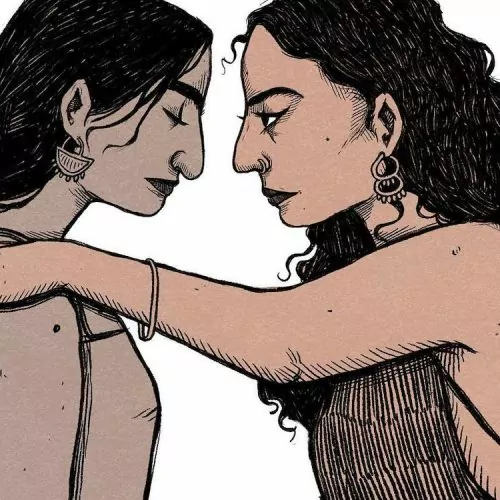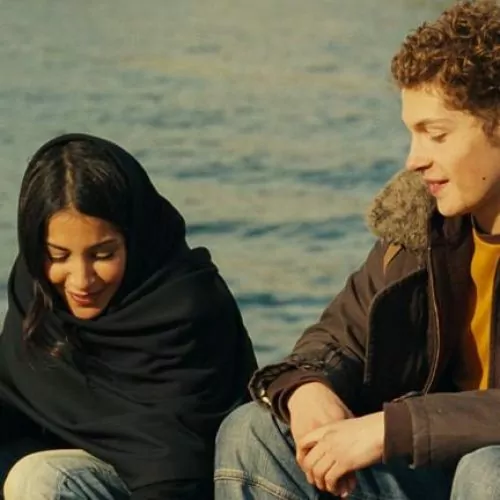Remember that painful moment when US President Donald Trump signed an executive order barring people from seven-Muslim majority countries? It was two years ago, on January 2017. And for many Muslims, this nationalist decision inherently forced them to question not only their identity, but also their place in the world. Organised by the non-profit organisation Artistic Freedom Initiative (AFI), a NY-based group exhibition entitled Executive (Dis)Order: Art, Displacement & the Ban explores lived experiences of migration, displacement and perseverance— all the while balancing personal and public struggles— into powerful works of art.
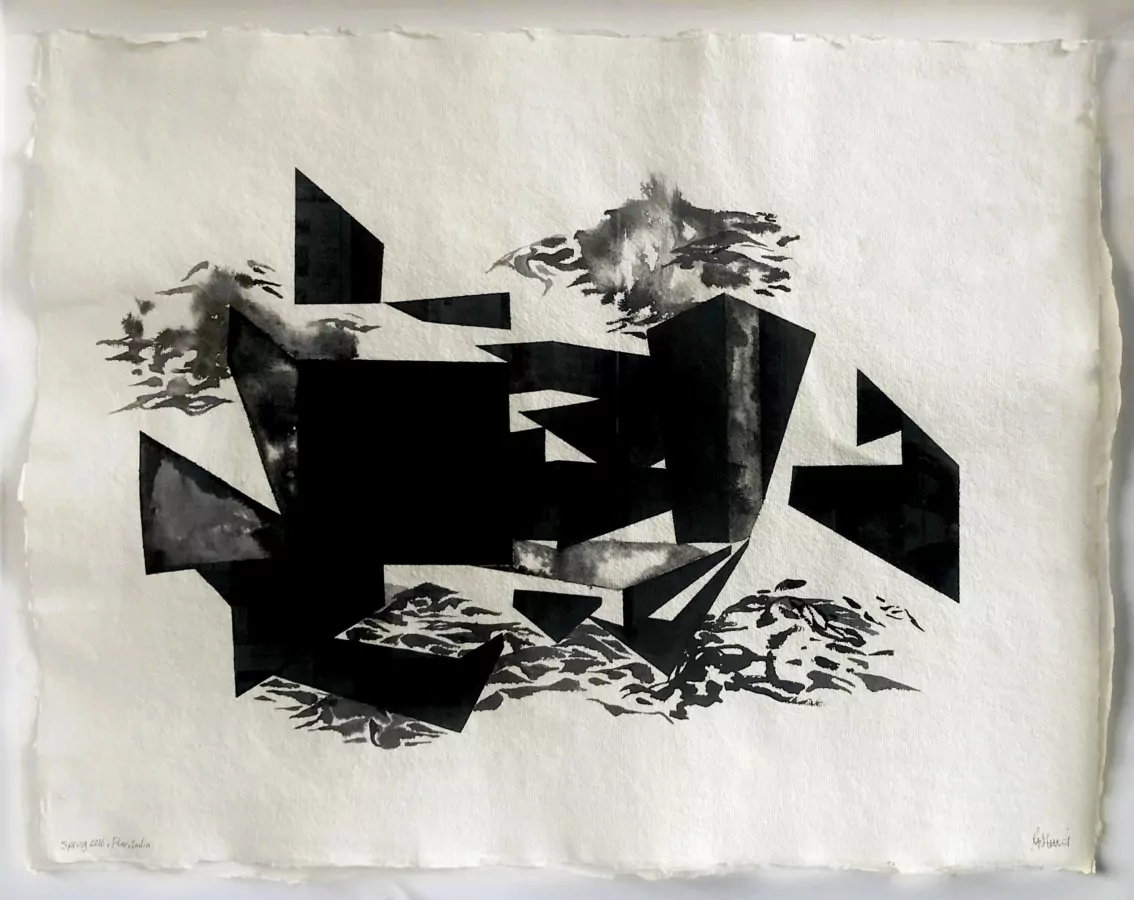
“We aim to amplify the creative voices of artists who have been impacted by the ban or who have otherwise faced restrictions on their freedom of expression and movement”, says Ashley Tucker, Program Director of (AFI), discussing the current—polarizing—political climate which encouraged her to spotlight artists coming from countries that were placed on the travel ban list. “This bans not only blocks immigrants from seven countries from entering the United States; it also effectively locks in those who are already here. These effects have a profoundly negative impact on both individual artists and on the US cultural economy”, she adds.
The exhibition, hosted by the Queens Museum until January 19, includes works of tens of artists coming from different countries of the region, who despite their respective personal histories, share similar feelings caused by the paradoxical duality bounding them all: being restrained from movement and forced into displacement.
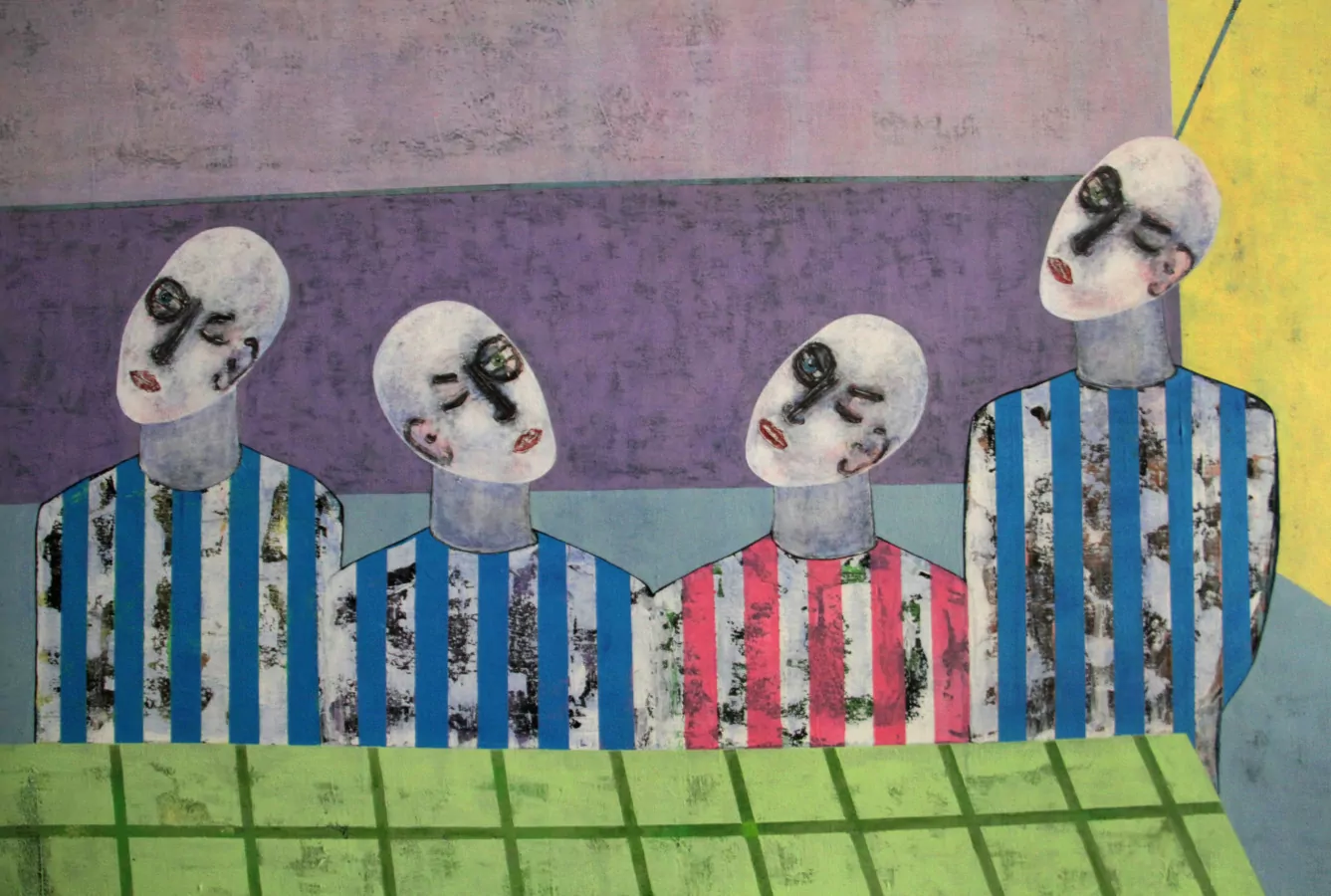
Among the various deep and politically charged creations, Syrian artist Rashwan Abdelbaki’s huge painting reinterpreting Da Vinci’s cult Last Supper visually stands out. Having replaced the dinner table by a wall and the apostles by anonymous, unidentifiable figures keeping one eye tightly closed, the artist depicts the surrounding as both a hospitable and entrapping environment.
Egyptian artist Nadia Gohar’s staged Passport Photo (Do’s & Don’ts) remembers her efforts to gain the Canadian citizenship and the issues she was confronted to when dealing with self-representation by metaphorically representing the mistakes that could be detrimental to applications.
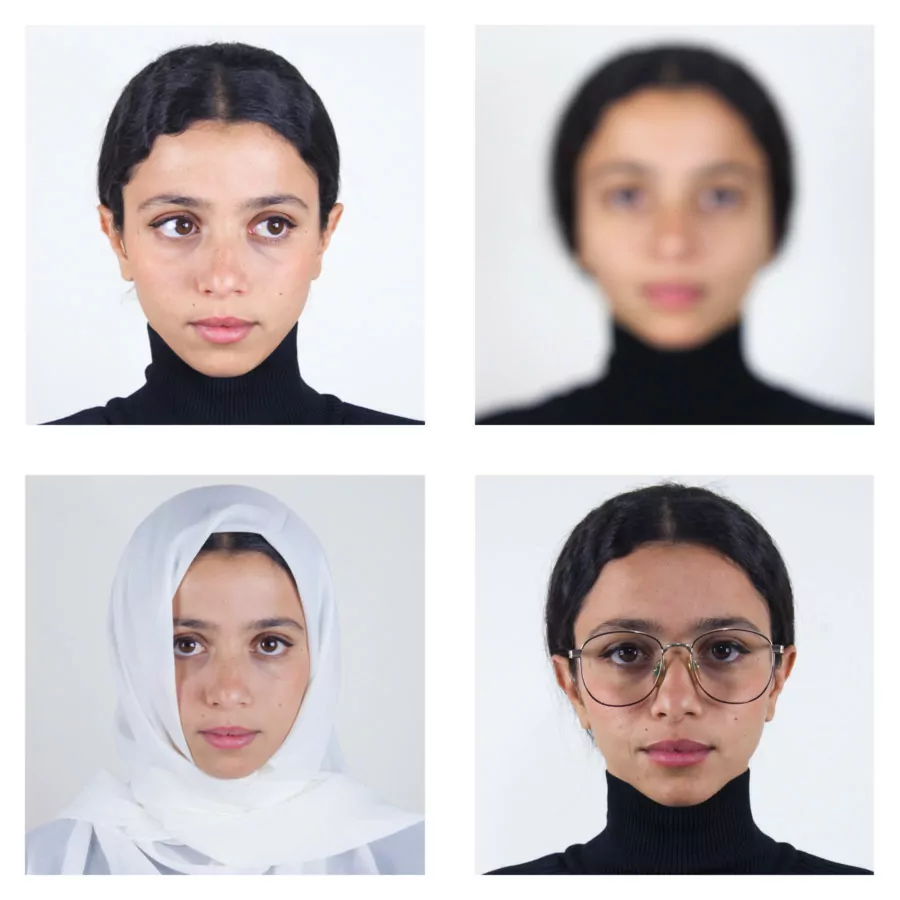
Somali artist Ifrah Mansour’s sculpture installation pays tribute to the struggles caused by political instability, while Libyan artist Reem Gibriel’s dome-like interactive installation and sensory experience subtly taps into notions of memory and home.
The works of Iranian artists Nooshin Rostami and Ali Chitsaz will also be on display alongside Yemeni artists Ibi Ibrahim and Asiya Al-Sharabi as well as artists who are not from the travel banned countries but who have also lived experiences of migration, such as Albanian artist Remijon Pronja and Venezuelan artist Esperanza Mayobre.
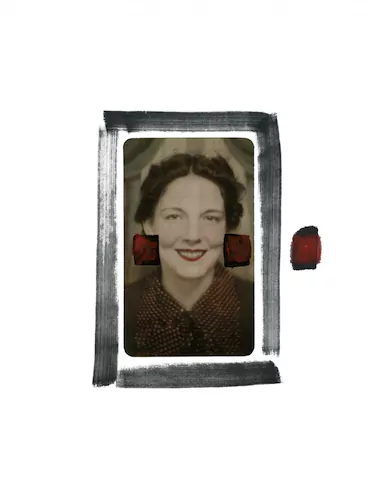
Executive (Dis)Order: Art, Displacement & the Ban, until January 19 at Queens Museum, New York.





